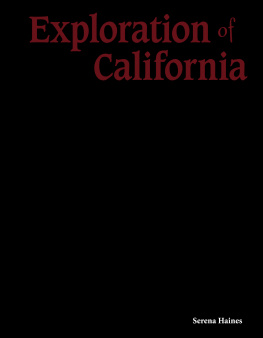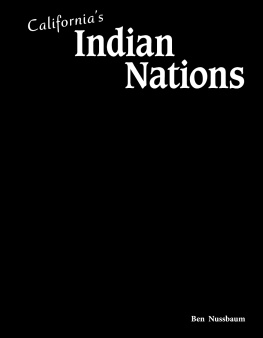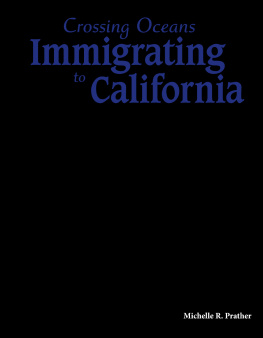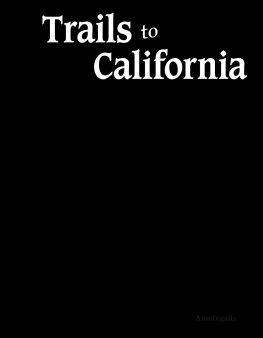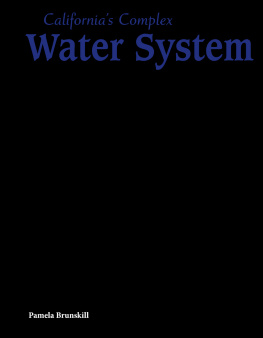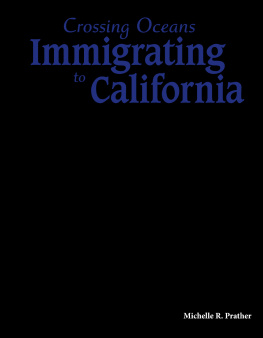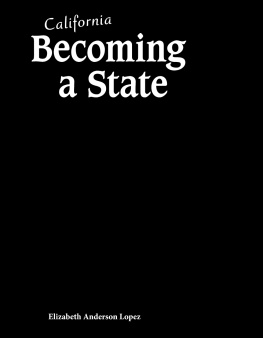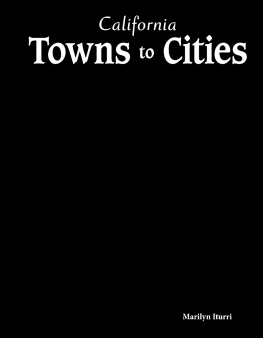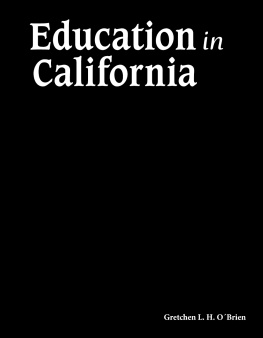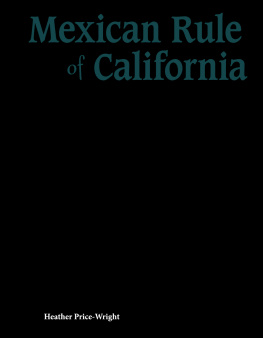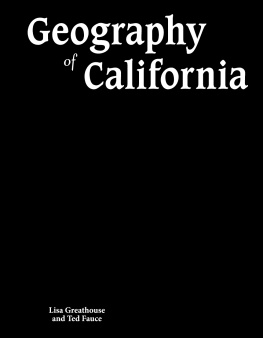Naming America A map of the New World was made in 1507. The name America was chosen for the large landmass that would become North and South America. The name came from Italian explorer Amerigo Vespucci (ves-PYOO-chee). It was believed he was the first one to find the new land. They were wrong, but the name stuck!88page0008page0008.xhtml Spanish Sailing Ships Spanish explorers sailed on sh ips called galleons. Galleons we re used for both trade and battle. With three main masts, they could speed through the water. Ga lleons had plenty of cargo space to b ring back gold and other treasure s found in the New World.99page0009page0009.xhtmlSoldiers of Fortune The conquistadors (kon-KEES-tah-dors) were soldiers for Spain. They sailed to the New World in search of gold and land for their king. Conquistadors were very advanced for their time. They wore shirts made of chain mail. They had steel weapons, and their ships had cannons. Many of them used crossbows and harquebuses (HAHR-kwih-buhs-ehs) in battle. The conquistadors were ruthless. Beginning in 1519, they spent two years tearing through the New World. They ruined great empires like the Aztecs, Inkas, and Mayas. Along the way, they claimed land for Spain. Conquistadors claimed most of Central and South America. But they were not finished. They had heard tales of gold in the north. In 1533, conquistador Hernn Corts (her-NAHN cor-TEHS) sent some of his men to explore the coast. These were the first Europeans to set foot in Baja California, but they thought it was an island. The men named the land California after a queen from a famous Spanish book. crossbow Conquistadors wore iron suits of armor.
Hidalgos Some conquistadors were also noblemen. Those soldiers were called hidalgos (hee-DALL-gohz). They kept horses and weapons ready so they could fight when they were called to serve.1010page0010page0010.xhtml Corts the Conqueror Corts was one of the first conquistadors. He and his men explored Mexico. He wrote about his adventures in letters he sent back to Spain. These letters made him a legend in Spain. Corts and his men battle in Mexico.1111page0011page0011.xhtml The Colorado River Francisco De Ulloa traveled up the W est Coast until he reached shallow waters. Sandbars blocked his path, and he could go n o farther. While there, he noticed a strong current in the water around him. He thought that a river must be flowing nearby. He was rig ht. He had discovered the Colorado River delta. Colorado River delta This picture of the Colorado River delta was taken from space.1212page0012page0012.xhtmlThe Strait of Anin The conquistadors were not the only Spanish explorers to come to the New World. Other sailors searched for a sea route that connected the Atlantic and Pacific Oceans. The English called this route the Northwest Passage. The Spanish knew it as the Strait of Anin. But there was no sea route. No one knew that because they did not have accurate maps. The only way to know the truth was to sail to the New World in person. Spanish explorer Francisco de Ulloa (deh oo-YOH-ah) set out to find the Strait of Anin in 1539. First, he sailed up the coast of Mexico. Then, he went back down and around the coast of what is now Baja California. After that, he sailed south around the tip of South America and went back to Spain. He did not find the sea route. But he did prove that Baja California was not an island. In 1610, Hudson lands in what is now Canada.
The Northwest Passage Henry Hudson was an English explorer. He was one of many people who set out to find the Northwest Passage. All of Hudson's trips failed, and no sea route was ever found. Today, both the Hudson River and the Hudson Bay in New York are named after him.1313page0013page0013.xhtmlCabrillo's California No one knows where or when Juan Rodrguez Cabrillo (HWAHN roh-DREE-gehz cah-BREE-yoh) was born. Most people think it was around 1475. Some say he was an orphan. His childhood is a mystery. One thing that is not a mystery is his impact on California's future. Cabrillo's first known voyage was to the West Indies. He sailed with Pnfilo de Narvez (PAHN-fee-loh deh nahr-VAH-ehz) to Cuba. After that first trip, Cabrillo was hooked. Though he was young, he was a skilled warrior. Those skills helped convince Narvez to take Cabrillo on other trips. The two sailed together several times. When Narvez set sail in 1520, Cabrillo went with him. The crew was going to Mexico. Their goal was to arrest Corts for not following the king's orders. After Narvez was defeated, Cabrillo switched sides! He joined Corts's conquistadors. Cabrillo marched through Mexico. Then, he went to live in what is now Guatemala.1414page0014page0014.xhtmlHernn Corts Arresting Corts The Spanish governor of Cuba was not happy when he heard Cortss trade voyage had turned violent. He sent Narvez to arrest him for treason. Corts heard about the plan. He surprised Narvezs crew at night. Narvez had four times as many soldiers as Corts. But Cortss surprise attack gave him the victory.1515page0015page0015.xhtml Grand Galleon In 2011, the San Diego Mar itime Museum began to build a replica of the San Salvador. It took fou r years to complete. The ship is 92 feet (28 meters) long and 24 fee t (7 meters) wide. As with the original, the model is made from wood. When the masts are up, it's 60 feet (18 mete rs) high. The replica of the San Salvador is open for tours.1616page0016page0016.xhtmlSetting Sail On June 27, 1542, Cabrillo set sail on a new quest. He was hoping to find treasures and the Strait of Anin. He and his crew set sail on three ships, with Cabrillo on the San Salvador. Cabrillo used the most accurate maps of the time. This helped him navigate the rugged coast. He sailed up the coast of Mexico. Sometimes, they had to wait a few days for the winds to change. Having the winds blow in the right direction would push them along faster. The journey was long. But they were excited about what they might find! Three months after the journey began, they entered what is now San Diego Bay. Cabrillo had arrived in California! He named the bay San Miguel.

